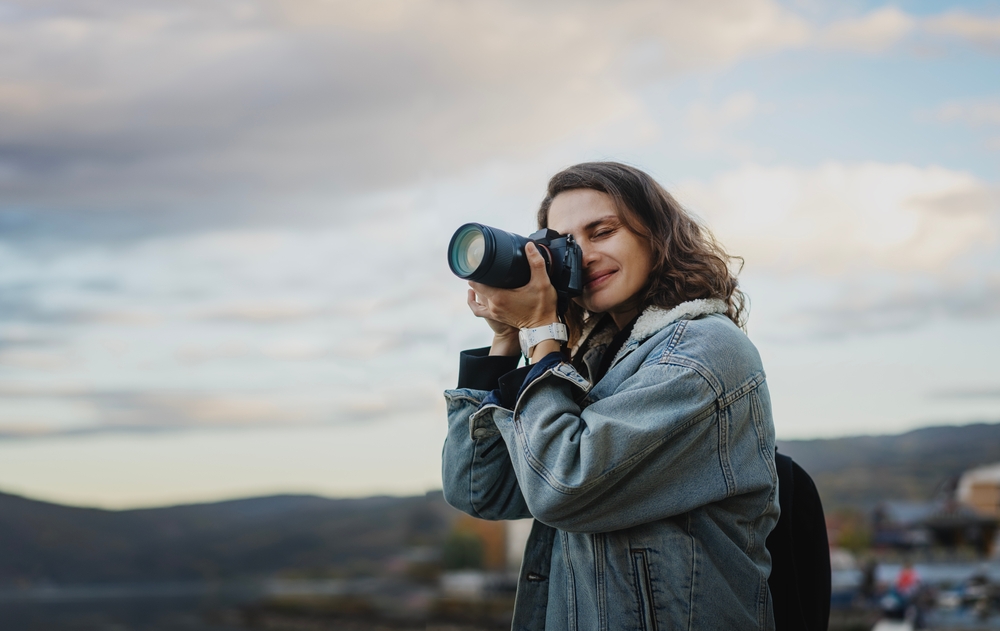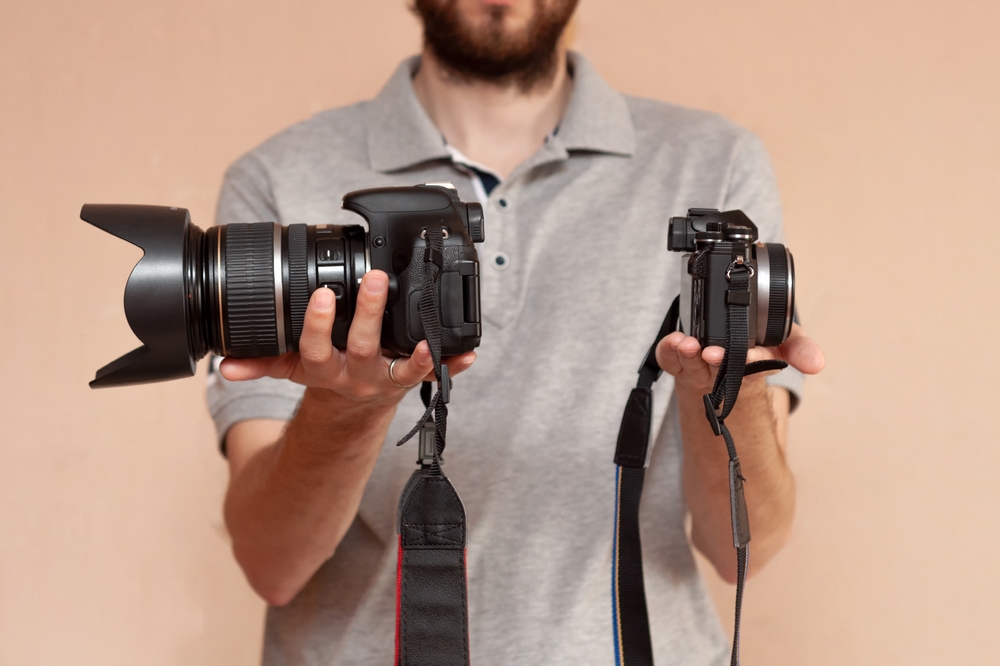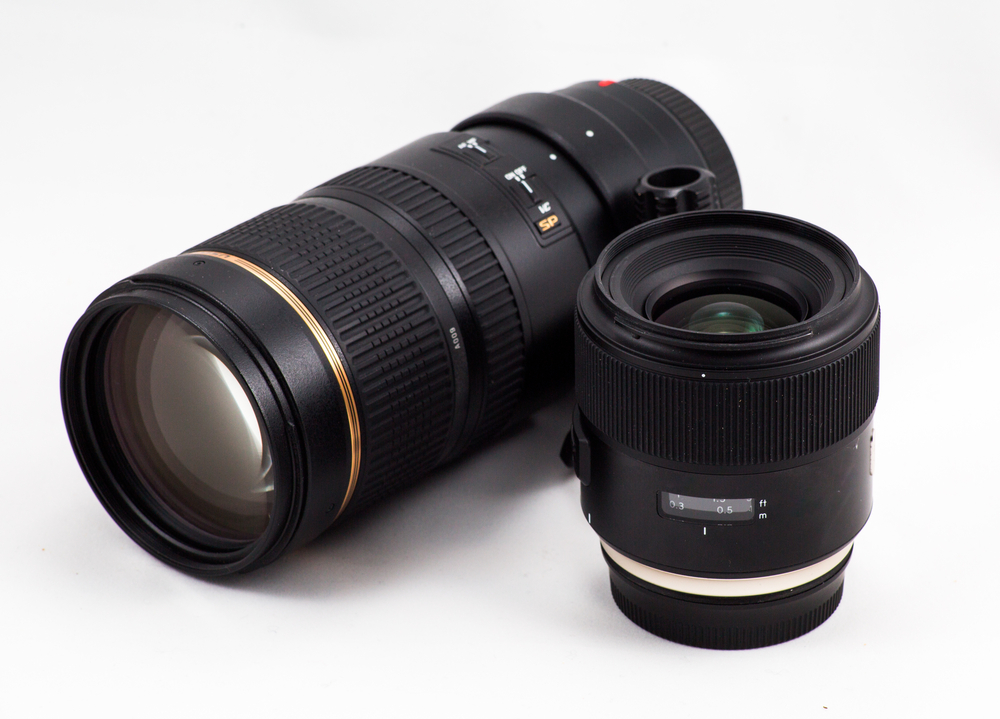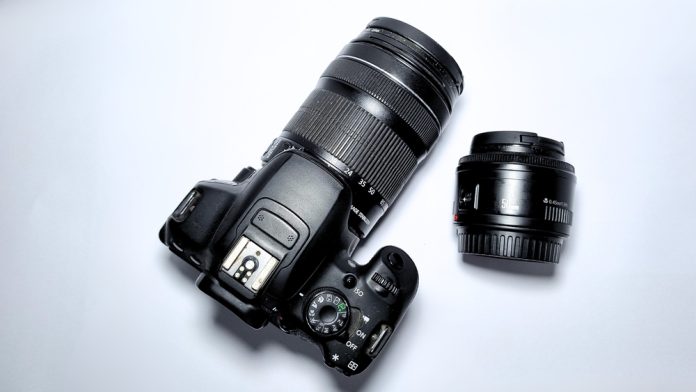One of the first big decisions new photographers face is choosing between a prime or zoom lens. It’s a question that sounds simple on the surface, but the answer depends on your shooting style, budget, and long-term goals. With so many lenses out there, it’s easy to get overwhelmed by the options.
The good news? You don’t need to be a gear expert to make the right call. In fact, understanding just a few key differences between prime and zoom lenses can help you make a smart decision that improves your photography right away.
In this guide, we’ll break down the pros and cons of each lens type, give you real-world examples, and help you figure out whether a prime or zoom lens should be your first purchase. Let’s dive in.
What Is a Prime Lens?

A prime lens is a lens with a fixed focal length. That means it doesn’t zoom in or out—you get one field of view, and that’s it. If you want to frame your subject differently, you’ll need to physically move closer or farther away.
While that might sound limiting, prime lenses are beloved by many photographers for their simplicity and performance. A 50mm f/1.8 prime, often called the “nifty fifty,” is a go-to starter lens that offers incredible value for the price.
Prime lenses are also known for their excellent sharpness and low-light performance. Because they have fewer moving parts, they often produce cleaner, crisper images than comparable zoom lenses.
In short, a prime lens helps you slow down, think about your composition, and shoot with purpose—all of which are valuable skills for a beginner to develop.
What Is a Zoom Lens?

A zoom lens offers a variable focal length, meaning you can zoom in or out without changing lenses. For example, an 18–55mm lens can capture wide-angle shots and medium-close-ups, all with a twist of the wrist.
This flexibility makes zoom lenses incredibly popular, especially for travel, events, or everyday shooting. They allow you to adjust your framing quickly, which is great when you don’t have time to move around or swap lenses.
Many beginner cameras come with a kit zoom lens for this reason. These lenses are perfect for learning the basics of composition, exposure, and focal length without investing in multiple lenses up front.
However, zoom lenses do come with trade-offs—typically in image quality, size, and low-light performance. We’ll dive deeper into that next.
Pros and Cons of Prime Lenses

Photo by Atstock Productions via Shutterstock
When deciding between a prime or zoom lens, one of the key advantages of primes is sharpness. Because they’re built with a single focal length, manufacturers can optimize them for performance. That translates into clearer, more detailed images.
Another benefit is wide apertures. A lens like the 35mm f/1.8 or 50mm f/1.4 lets in a lot of light, making it ideal for indoor or low-light shooting. You’ll also get better background blur, or “bokeh,” which is great for portraits and subject separation.
Primes are also lightweight and compact, which is a big plus when you want to travel light or avoid bulky gear. They’re less intimidating for street photography and easier to carry all day long.
That said, the main drawback is a lack of versatility. If your subject is far away, you can’t zoom in—you’ll need to move or change lenses. For beginners who want to experiment with different focal lengths, this can feel restrictive at first.
Pros and Cons of Zoom Lenses

Photo by Olezzo via Shutterstock
Zoom lenses shine when it comes to versatility. Whether you’re shooting a landscape at 24mm or a portrait at 70mm, a good zoom lets you do it all without switching lenses or running around to reframe.
For beginners exploring different genres of photography—like street, portrait, or nature—a zoom lens is a fantastic way to try out various focal lengths and find what feels most natural.
However, compared to primes, zoom lenses often have smaller maximum apertures—like f/3.5–5.6—which means they’re not as good in low light. They also tend to be heavier and more expensive for similar image quality.
Still, a well-made zoom lens, like a 24–70mm f/2.8, can be a workhorse for years. Just be prepared to pay more for zooms that match the optical quality of primes.
Which Lens Should You Buy First?

Photo by Yekatseryna Netuk via Shutterstock
Here’s the million-dollar question: Should your first lens be a prime or zoom lens? The answer depends on what you want to shoot—and how you want to grow as a photographer.
If you’re brand new and still exploring, a zoom lens like the 18–55mm kit lens is a great starting point. It gives you flexibility and helps you discover what focal lengths you enjoy using most.
But if you’ve already found a niche—say, portrait photography—or want better image quality and low-light performance, investing in a prime lens like the 50mm f/1.8 can be a game changer.
Many photographers eventually carry both. You might start with a zoom for day-to-day use, then add a prime for creative control and quality. In fact, adding a single prime to your kit is one of the most affordable upgrades you can make.
Final Thoughts on the Prime or Zoom Lens Choice

Photo by CharlitoCZ via Shutterstock
Choosing between a prime or zoom lens doesn’t have to be stressful. Both have their strengths, and neither one is “better” in every situation. What matters most is how the lens supports your goals, your style, and your growth.
Zoom lenses offer unmatched flexibility, especially for beginners still figuring things out. Prime lenses, on the other hand, provide better image quality and force you to think more creatively about your composition.
At the end of the day, photography is about telling stories and capturing moments—not obsessing over gear. So whether you start with a prime or zoom lens, pick one that excites you to go out and shoot.
And remember: lenses are tools. Use them to create, explore, and have fun. That’s what photography is all about!
Friendly disclaimer: Our articles may contain affiliate links that support us without costing you more, and sometimes we spice things up with sponsored content—but only for products we truly stand behind!
Learn More:
Hero Photo by I Kadek Ramadana via Shutterstock

